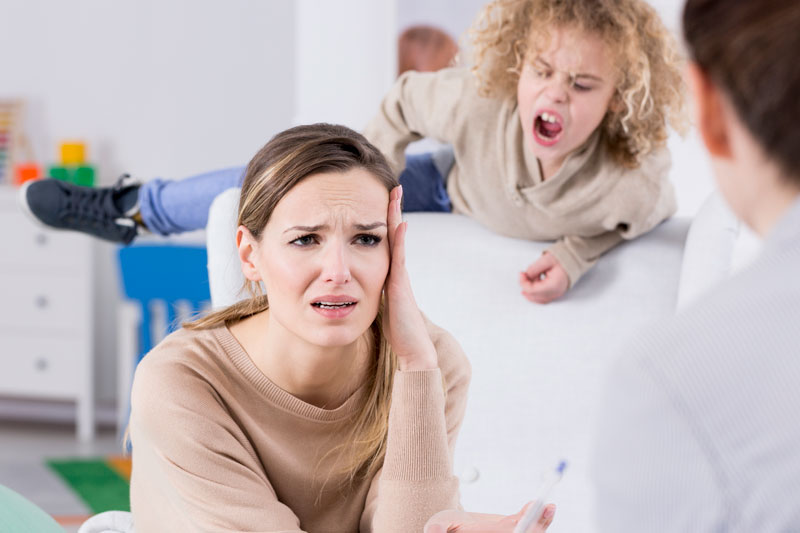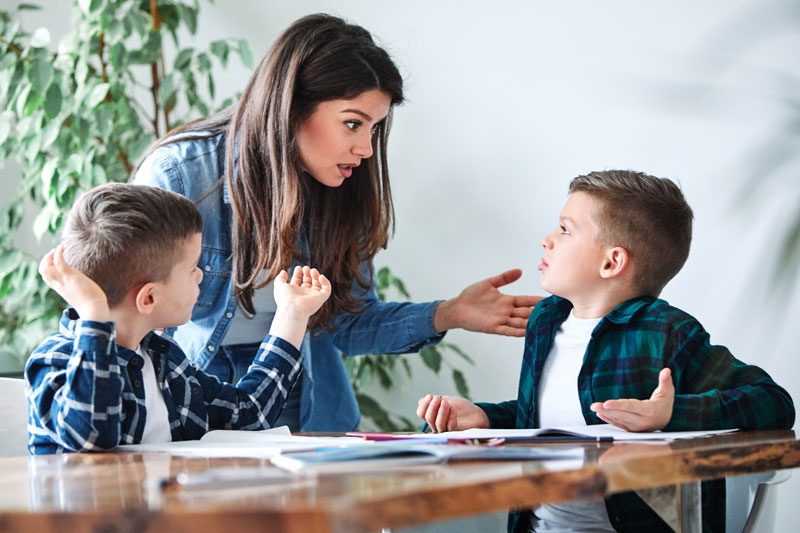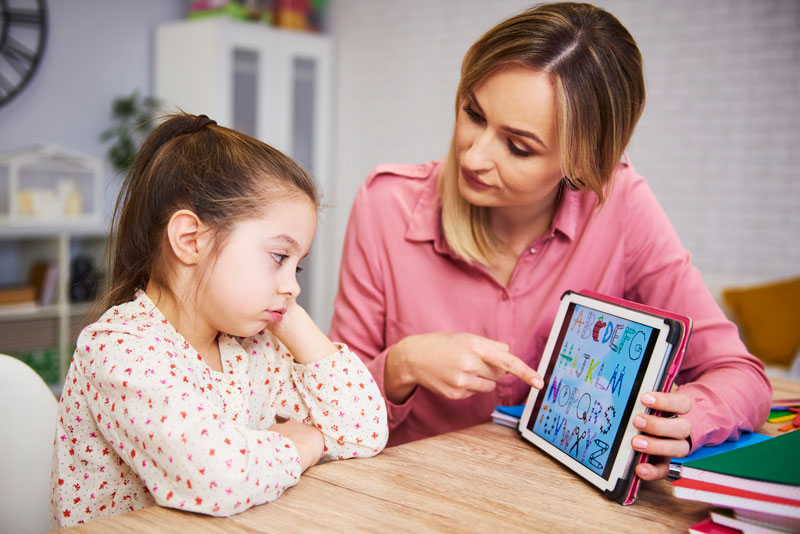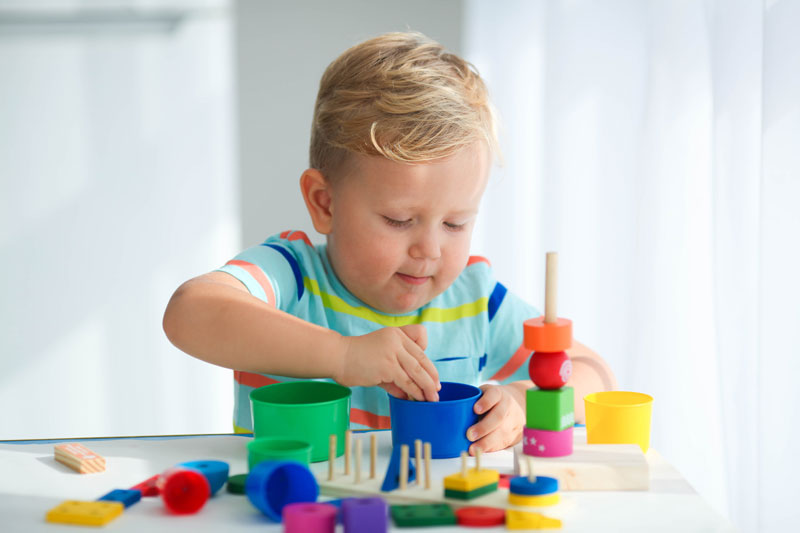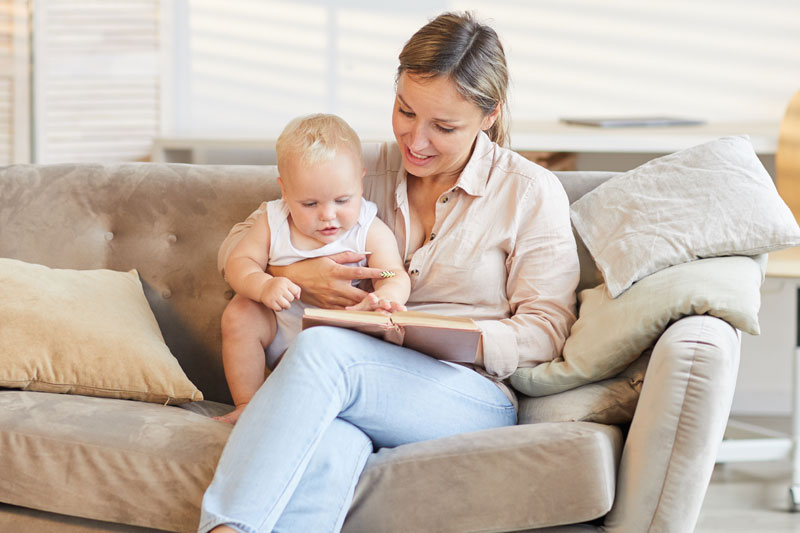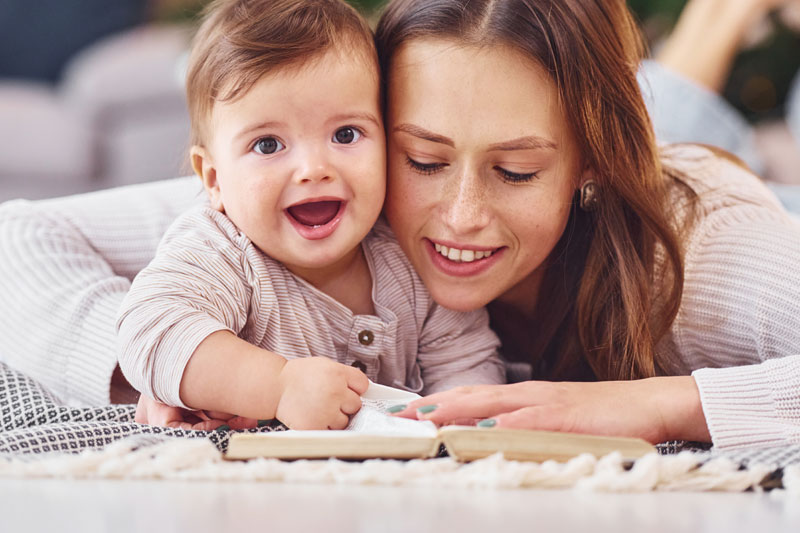Small Voices, Big Feelings: Talking to Kids about Emotions
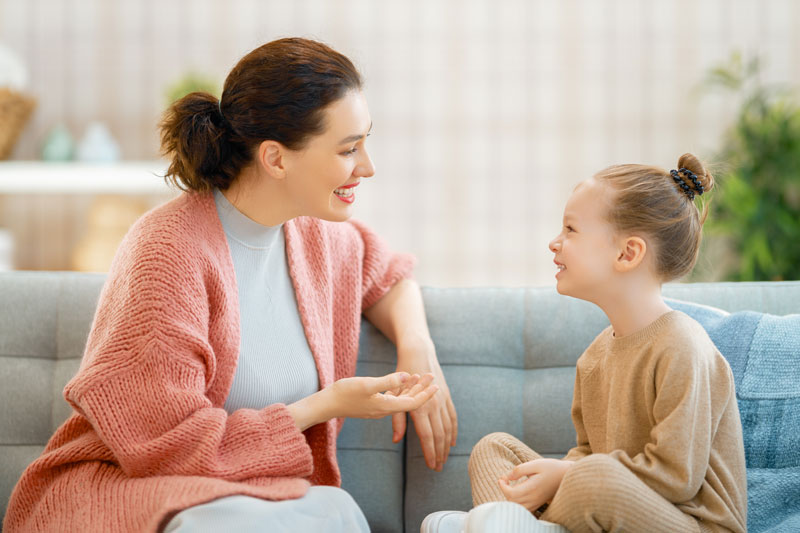
Children may have a limited vocabulary or struggle with verbal expressions, but they still experience emotions. Talking to kids about emotions will help them express themselves in a healthy way. It is also important to teach children about emotional competence and healthy coping mechanisms when facing things in life.
Why Should You Talk to Kids about Their Emotions?
Talking about emotion helps children learn about emotional self-regulation.
When a child is angry, afraid, or sad but cannot express it, they will experience distrust, frustration, and anxiety. They may also lash out in destructive behaviors, such as hitting, screaming, pushing, or throwing objects. If you let them happen, children may grow into adults without the ability to regulate their emotions and behaviors.
Talking to kids helps them build trust in you or their caregivers. Adults can also help articulate their emotions and find the root of problems. This way, you can better help children solve their problems and make them feel safe and validated.
Basic Guide in Talking about Emotions
Talking to kids about emotion can be challenging, and we all know it! You might get confused about where to start or what questions to ask first. Parents often feel sad, confused, indignant, or even angry first, which makes it more difficult for children to express their emotions.
While it can be challenging, there are basic principles in talking with children about their emotions. Here are some of the most vital ones:
Develop Vocabulary about Feelings
You can help children understand their emotions by encouraging language skills for communication. For example, when you watch a cartoon with them, ask them about the character’s feelings when something happens to them. Furthermore, explain how children can help the character in their situation.
Listen and Validate
Even as a parent, make sure you give a space for your children to share their emotions. If possible, let them talk first and express their feelings in their own way. You can respond after getting the full picture, which also makes the children feel heard.
Look for Nonverbal Clues
Sometimes, parents or caregivers should find nonverbal cues to understand more about children’s emotions. They don’t always talk about their feelings, but you may see signs: little aggressive outbursts, withdrawal, downtrodden expressions. Observe the children and where these nonverbal cues start coming so you can discuss their emotions later.
Examples of Responses to Kid’s Emotions

So, how can you start talking to kids about emotions? The NHS gave several possible scenarios that you can adopt for your own strategies.
Scenario 1: A Frightened Child
When a child is frightened, they may cry, wail, or withdraw from the situation. Parents can calm them down and make sure that they are in a safe area before asking questions. However, make sure you don’t sound harsh or judgmental. Say that you can be a safe place for them to talk to.
Ask inquisitive but nonjudgmental questions, like, “Are you angry with mom?” or “Did someone make you sad?” Listen to their replies and look for nonverbal cues as well, such as their reactions when someone or something specific is mentioned.
Scenario 2: An Angry Child
If a child lashes out in destructive behaviors, you can use a firm tone to remind them why their behavior is unacceptable. Get them away from the location to diffuse the situation, but later, approach them and ask more calmly about their outburst.
This method doesn’t always instantly work, but you have to be patient. You can encourage them to apologize after they feel calmer.
Scenario 3: An Anxious or Worried Child
An anxious or worried child may not talk immediately, but show signs like withdrawal or being upset. You can show children that they can trust you, and let them share their anxiety or worry in their own language.
Scenario 4: A Grieving Child
Talking to kids about emotion becomes more complicated when it is related to grief. Parental instinct often wants to shield them from the reality of the world. However, you can teach children about grief while creating a space for their feelings.
For example, if a child is sad because a family member died, you could validate the child’s emotion by saying, “It is so sad that grandpa is gone. He loved you very much.” Let the child share their feelings without judgment whenever they are ready.
Start the Conversation
Talking to kids about emotion is not an easy task, but you can always start the conversation early. By showing the children your understanding, you can help them better understand their feelings and grow into well-adjusted individuals. Find out more information about dealing with a kid’s emotions at RealMomKids.com.
